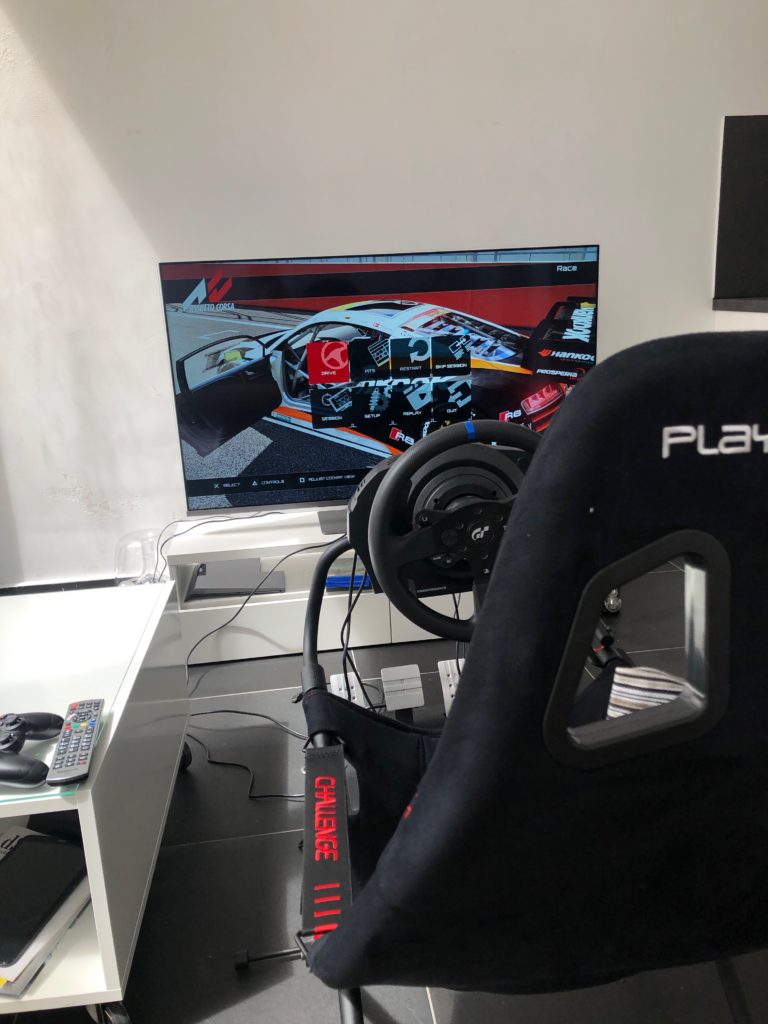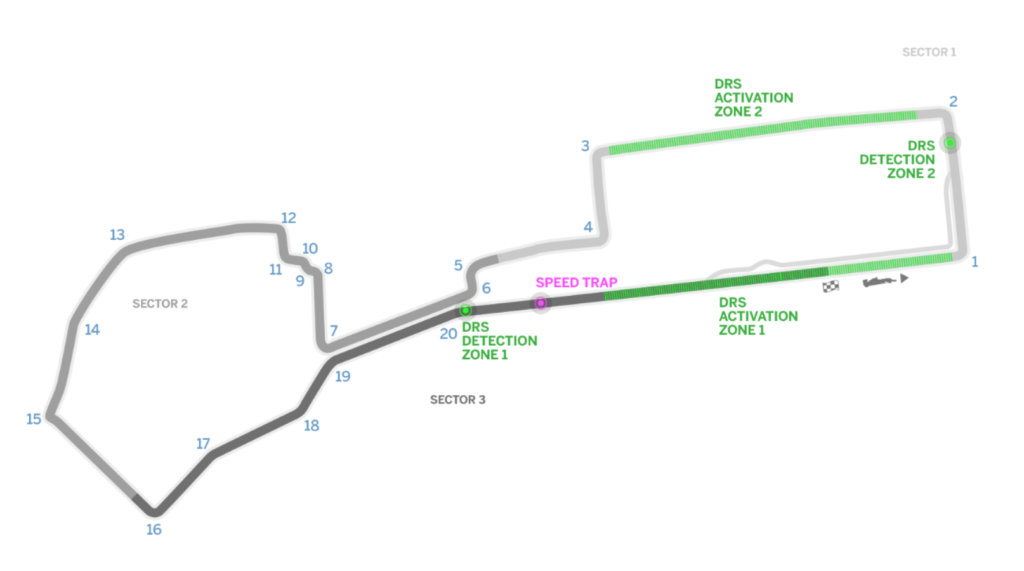I was typing up a comment to Bramus’s blog post, but it got a bit long, so posting it as a blog post here.
I saw the WWDC session on SF symbols – and it is great & interesting work. I am happy there is some standardization in iOS’s icons because things were going the wrong way before with sometimes weird choices (i.e. the person icon in the notes app being inconsistent with everything else, and there are more examples like this)
The fact that from a development perspective you can easily call up an icon from a base set using a simple API will surely help improve the baseline quality of apps.
However a tweet series from Marc Edwards did make me worry a bit about how the icons actually render. They don’t seem to be on the pixel grid. So I am wondering about the final quality of the rendering.
I also don’t really get why you would ever need the 100-200-300 weight and the 800-900 weights as well.
At this point we simply don’t design apps where heavy headlines have icons in them. I can imagine some app that wants to, for example, have a lighter/airy style to use hairline text and a matching icon to provide a base visual for a splash screen. But if it’s for art direction purposes, the chances that you will use it in the prescribed manner are slim.
I am curious what will happen when people get to work with this.
What is the point of the hairline and heavy weights for icons in actual user interface use? This reminds me of Google pointing out that you can customize Material with diamond shapes and then nobody doing it in practice. An idea born in a company that has near infinite resources, then executed in a good manner – but something that will eventually die when someone realizes it is not maintainable for the actual users of the system (i.e. native development teams).
The method outlined to create the icons is massively convoluted to me. It involves setting up an SVG file in a very specific way to then import it in Xcode. I wouldn’t specifically call this easy. For one icon it might be easy, but it doesn’t really scale.
So what do we have in the end from a design perspective if we have 20 icons? A folder with 20 templates that each contain a grid of icons where we only actually use one of the weights? So if we want to make a change and stay consistent with the rest of the icons – have to reference another icon – there is lots of effort involved.
Whereas for example for most of my icon work in practice I just have a single artboard in Figma where I can see all of my icons at a glance and I can work on improvements from there.
Why make things so complicated when there is no actual use case?
Why would one go through the effort of creating all the thin and black weights? Does Apple actually have an example of these things in use or is this purely a theoretical exercise? Did some poor soul (or I imagine a team of poor souls) create all of these weights for them to now never be used in practice?
TL;DR I admire the effort and parts of this are really great, but some parts of the system really have to be simplified in my opinion.

